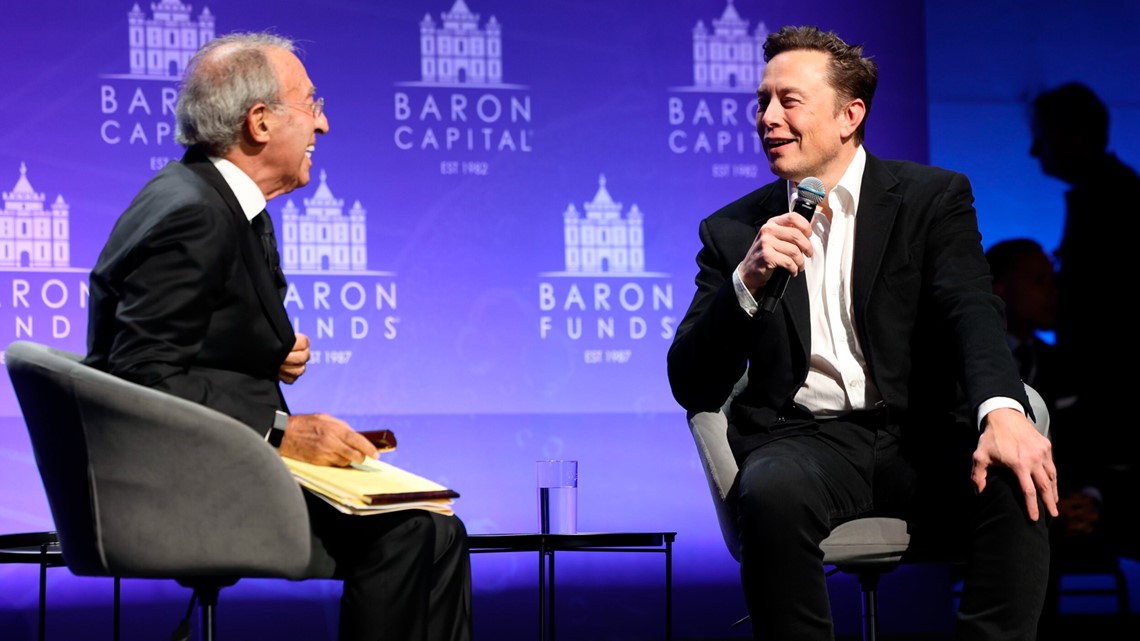Aside from the onset of the COVID-19 pandemic, the month-over-month decline was the biggest drop in rent prices since 2010. Rent remains up 7.6 percent year over year, but the market is softening.
New markets require new approaches and new tactics. Experts and industry leaders will take the stage at Inman Connect New York in January to help you navigate the market shift — and prepare for the next one. Meet the moment and join us. Register here.
In the latest sign of a softening rental market, the price of rent fell from September to October solidifying a departure from COVID-19 pandemic-era norms that sent the price of rent skyrocketing.
The decline was driven by weak demand for all types of housing as the nation girds for the economy’s response to tighter monetary policy and a rapid shift in the broader housing market, according to a new report from rental data powerhouse RealPage.
“Cuts are seasonally common in September and October,” RealPage noted in its report. “But 2022’s reductions are notable.”
The drop in October was also larger than at nearly any other time in the past 12 years, and RealPage added a warning: Expect more to come this winter.
Effective asking rent dropped 0.6 percent in October. Aside from April and May 2020, when the country was beginning to grapple with the COVID-19 pandemic that was the biggest monthly cut since 2010.
The figure includes concessions made by property owners and managers, such as move-in incentives or free rent at the start of a lease. RealPage hasn’t seen many concessions, according to its report.
The decline solidifies a move away from the pandemic trend of historically high rent increases that defied seasonal norms, the report reads.
“The cuts were widespread among markets of all types, with 110 of the nation’s 150 largest apartment markets reporting rent decreases in October 2022,” according to the report. “By comparison, only 19 metros reduced rents in October 2021 – further evidence that 2022 is nothing like 2021 for the rental housing market.”
In one market, Honolulu rent fell year over year by 1.8 percent, according to Jay Parsons, vice president and head of economics and industry principals at Realpage.
In others, the month marked an intense slowdown from pandemic highs.
In Phoenix, the price of rent in January was up 27 percent compared to the year before. In October, rent was up just 2.7 percent compared to the year before, Parsons said.
That’s the case for other pandemic-era darlings among rental housing investors like Boise, Idaho; Las Vegas; and Austin, Texas; Parsons noted.
“On a year-over-year basis, effective asking rent growth measured 7.6 percent as of October — which might prove to be the first time since early 2021 that asking rent growth fell short of inflation,” the report said.
“Those numbers will continue to deteriorate as sizable increases from late 2021 rollout of the year-over-year equation,” according to the report.
Rent will likely continue to decline through the winter, possibly reversing some of the big gains made during the pandemic, RealPage said.
“The big question is if demand will return next March when the next leasing season traditionally begins,” it said. “If the job market remains strong, pent-up demand for housing should be unlocked in spring 2023 — but that’s admittedly a big if.”
Email Taylor Anderson
Get Inman’s Property Portfolio Newsletter delivered right to your inbox. A weekly roundup of news that real estate investors need to stay on top, delivered every Tuesday. Click here to subscribe.
















